Anirudh Kanisetti - Lords of the Deccan: Southern India from the Chalukyas to the Cholas
Here you can read online Anirudh Kanisetti - Lords of the Deccan: Southern India from the Chalukyas to the Cholas full text of the book (entire story) in english for free. Download pdf and epub, get meaning, cover and reviews about this ebook. year: 2022, genre: Politics. Description of the work, (preface) as well as reviews are available. Best literature library LitArk.com created for fans of good reading and offers a wide selection of genres:
Romance novel
Science fiction
Adventure
Detective
Science
History
Home and family
Prose
Art
Politics
Computer
Non-fiction
Religion
Business
Children
Humor
Choose a favorite category and find really read worthwhile books. Enjoy immersion in the world of imagination, feel the emotions of the characters or learn something new for yourself, make an fascinating discovery.
- Book:Lords of the Deccan: Southern India from the Chalukyas to the Cholas
- Author:
- Genre:
- Year:2022
- Rating:5 / 5
- Favourites:Add to favourites
- Your mark:
- 100
- 1
- 2
- 3
- 4
- 5
Lords of the Deccan: Southern India from the Chalukyas to the Cholas: summary, description and annotation
We offer to read an annotation, description, summary or preface (depends on what the author of the book "Lords of the Deccan: Southern India from the Chalukyas to the Cholas" wrote himself). If you haven't found the necessary information about the book — write in the comments, we will try to find it.
Lords of the Deccan: Southern India from the Chalukyas to the Cholas — read online for free the complete book (whole text) full work
Below is the text of the book, divided by pages. System saving the place of the last page read, allows you to conveniently read the book "Lords of the Deccan: Southern India from the Chalukyas to the Cholas" online for free, without having to search again every time where you left off. Put a bookmark, and you can go to the page where you finished reading at any time.
Font size:
Interval:
Bookmark:
Lords of the Deccan
Southern India from the Chalukyas
to the Cholas
Anirudh Kanisetti

Praise for Lords of the Deccan
Rarely has the history of peninsular India, of this period, been told as anything more than a dry and ceaseless monotony of battles between obscure and unimaginable rulers. Anirudh Kanisettis Lords of the Deccan has lifted the history of south India out of the dusty archives of Indian archaeology and epigraphy. Meticulously researched and narrated with a style that is at once lively and judicious, Lords of the Deccan synthesizes a wide array of innovations in recent scholarship with the older tradition of political history. Kanisetti harnesses his impressive skills as a storyteller to breathe new life into his subject, deftly interweaving the careers of individual kings, the structures and networks of noble families, and the great transformations in religious, cultural and literary life into a single coherent and riveting account of south India in this crucial period, which saw the region enter historical centre-stage and take on many contours still palpable today.
Daud Ali
Lords of the Deccan is the completely thrilling and game-changing debut
of a major new talent. Anirudh Kanisetti is a superb writer and a talented storyteller as well as an impressively judicious and subtle historian. He breathes life into the rajas, scholars and soldiers of two nearly forgotten medieval dynasties and resurrects for us a whole extraordinary world with flair, nuance, clarity and sophistication.
William Dalrymple
Lords of the Deccan is an assured and supremely entertaining account of a clamorous, tumultuous and little-known period of Indian history the early medieval Deccan period. Navigating these unchartered waters with considerable confidence and panache, Anirudh Kanisetti brings to vivid light both the savagery and the song of these riotous five hundred years. He does so, moreover, by dismantling the opaque language of historiography for the
lay-reader and giving them the tools to truly understand the dialect of power the temple building, the ode-writing, the painting and even the very manipulation of language and religion. With Lords of the Deccan , Kanisetti has claimed for himself a place of pride in the cartography of Indian history writing.
Ira Mukhoty
Ambitious in its scope and rich in depth and detail, Lords of the Deccan is an outstanding debut. With his evocative retelling, Anirudh Kanisetti restores medieval south India to the prominence and centrality it deserves in general imagination marrying old learning to new perspectives on everything, from kingship to the evolution of religions.
Manu S. Pillai
In shining a light on the Deccan in the second half of the first millennium, Anirudh Kanisetti has given us a marvellous book. It brings to life the Chalukyas, the Pallavas, the Cholas, the Rashtrakutas and others, and in the process gives us a peninsular perspective of Indian history. This is also a story of imperial achievements in which language, literature, faith, sculpture and artistic achievement weld seamlessly with political and military stratagems. A wonderful read.
T.C.A. Raghavan
Anirudh Kanisetti takes us on a fascinating journey into the past to revive five
hundred years of glorious rule of early medieval Deccan rulers and brings the
Chalukyas, Rashtrakutas and Cholas back into popular historical consciousness.
Kanisettis engaging narrative style and lively account brings to life the triumphs, defeats and rivalries of those lords and ladies of the Deccan who have left behind a legacy of magnificent architecture and sculpture; sumptuous textiles and jewellery; evocative poetry and literature.
Rana Safvi

And to the generations who have shaped the world before us.
Introduction
Every monsoon, rain clouds bathe the cool, dark surfaces of an ancient temple in Ellora, Maharashtra. Peals of thunder echo in its cavernous halls, like the bells that once greeted throngs of devotees.
Theres something dazzlingly different about this gigantic temple. You see, it isnt a building of the kind you and I might be used to. It wasnt assembled bottom up from the ground, brick by brick, stone by stone.
It was excavated .
It is called the Kailashanatha, the Lord of Kailasha, because generations of awestruck visitors have seen it as a manifestation of the mountain upon which the god Shiva lives. To fashion it, thousands of sculptors carved up an enormous basalt cliff face, removing two million cubic feet of rock (enough to fill two Olympic-sized swimming pools). They did so in barely twenty years in the ninth century ce , with a plan breathtaking in its scale and attention to detail, leaving behind a monolith the size of a football field and about half the height of the Leaning Tower of Pisa. A monolith in the shape of a spectacular south Indian temple, with the weight of its superstructure cascading down in wider and wider tiers, decked with sculptures of frolicking deities. The Kailashanatha is a single sculpture so large that it approaches the size of modern buildings. As a monolithic structure, it is unlikely to be matched in size and beauty for the rest of human history.
This extraordinary edifice was made by people who thought themselves every bit as modern as you or I. They were a vibrant, warlike, sophisticated people. They were ruled by men who claimed the majestic title of Sri-Prithivi-Vallabha, the Beloved of Sri (the goddess of fortune) and Prithivi (the goddess of Earth). Their empire dominated the ancient Deccan plateau at the heart of India, especially the states of Maharashtra and Karnataka, today an area almost as large as Germany and many times more populous. At their peak, these Vallabha emperors received the prostrations of hosts of vassal kings from Madhya Pradesh, Chhattisgarh, Odisha, Andhra, Telangana and Tamil Nadu, and dominated most of India south of the Narmada river. One Arab merchant, visiting this medieval superpower in the ninthtenth centuries, mentioned the lord of the Deccan in the same breath as the Abbasid caliph, the emperor of China, and the Byzantine emperor. Another visited the glittering capital of the Deccan, Manyakheta, and left us with an account of its wonders:
in that city there are for the ordinary people one million elephants which carry the merchandise In this temple there are about twenty thousand idols made of a variety of precious metals, and carved stones mounted with artistically-worked precious jewels [There] is an idol whose height is twelve cubits and is placed on a throne of gold in the centre of a golden cupola, the whole of which is set with jewels like white pearl, ruby, sapphire, blue and emerald stone.
Both these accounts even allowing for some exaggeration leave no doubt that in the eyes of the medieval world the Deccan was the wealthiest and most powerful of all the kingdoms of the Indian subcontinent.
This book is a story about this time when the Deccan ruled India: an epic journey through five hundred years of a history that has long been forgotten.

Our tale begins in the sixth century ce , a few decades after the collapse of the Western Roman Empire in Europe, only a few years after the disintegration of the Gupta empire of northern India. In the dry and arid heartland of the Deccan, cattle raids, banditry and abduction were ubiquitous. Here, an obscure clan of chalke (crowbar)-wielding agriculturists or pastoralists learned the difficult lessons of war and diplomacy, and began to battle their way up the shifting hierarchies of Indias kingdoms. Within the space of three generations, they declared themselves a new imperial dynasty the Chalukyas established a mighty citadel in the sandstone cliffs of Vatapi in northern Karnataka, and exploded on to the historical stage by defeating the dominant ruler of north India. That collision, which occurred in 618 ce on the shores of the Narmada river, is where this book begins. It will set the stage for a half-millennium of Deccan dominance.
Next pageFont size:
Interval:
Bookmark:
Similar books «Lords of the Deccan: Southern India from the Chalukyas to the Cholas»
Look at similar books to Lords of the Deccan: Southern India from the Chalukyas to the Cholas. We have selected literature similar in name and meaning in the hope of providing readers with more options to find new, interesting, not yet read works.
Discussion, reviews of the book Lords of the Deccan: Southern India from the Chalukyas to the Cholas and just readers' own opinions. Leave your comments, write what you think about the work, its meaning or the main characters. Specify what exactly you liked and what you didn't like, and why you think so.

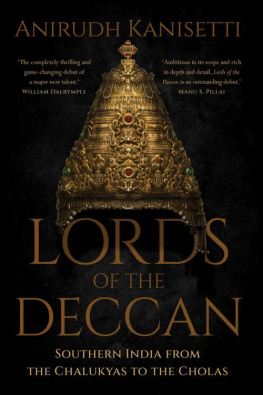

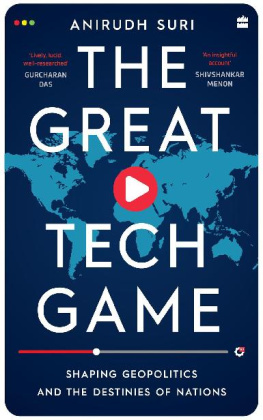
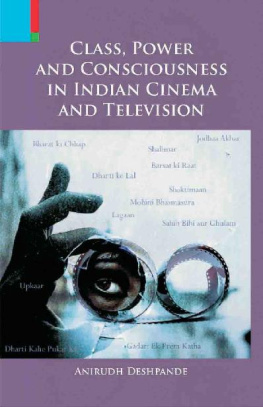
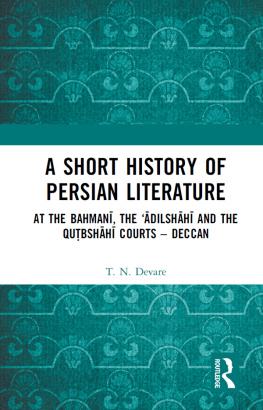
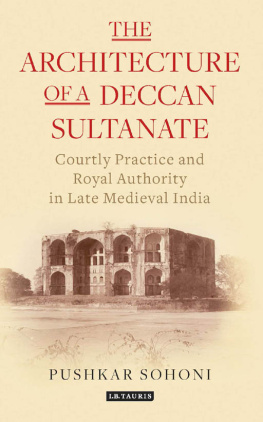
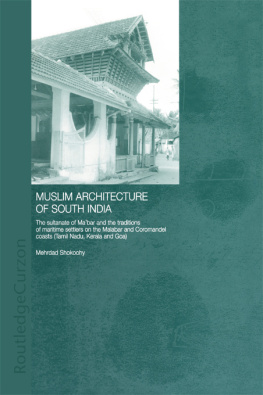
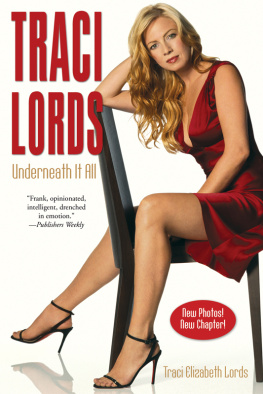
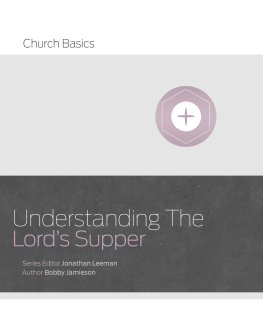
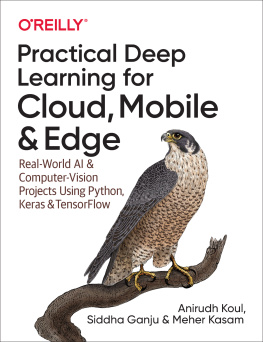
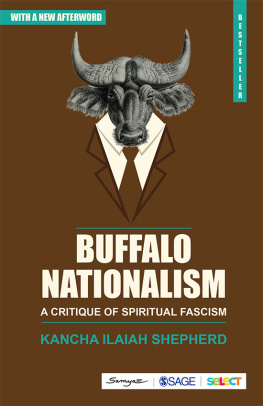
![Anirudh Prabhu [Anirudh Prabhu] - Beginning CSS Preprocessors: With SASS, Compass.js and Less.js](/uploads/posts/book/119148/thumbs/anirudh-prabhu-anirudh-prabhu-beginning-css.jpg)